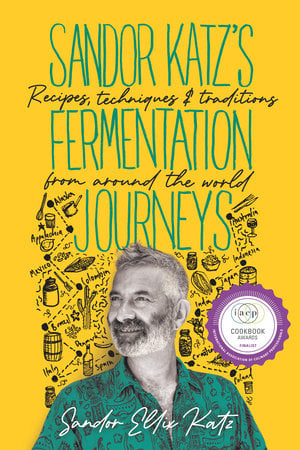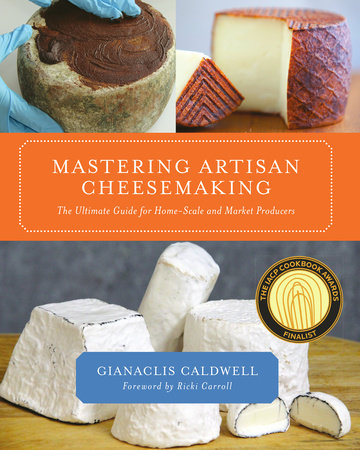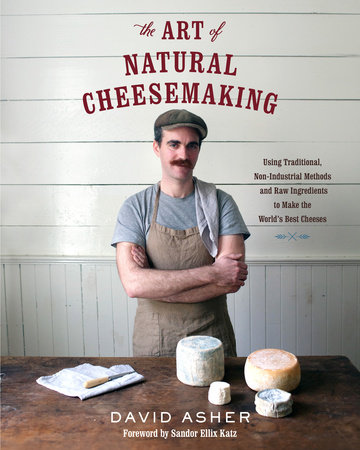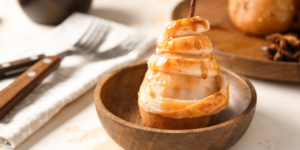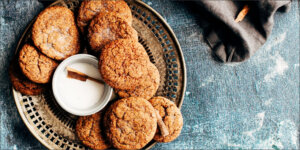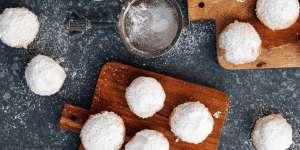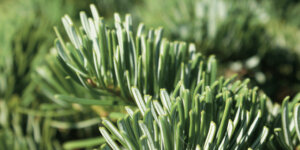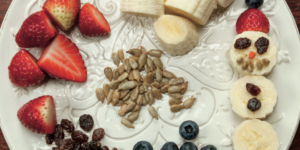Let’s Get Cheesy! Sandor Katz’s Favorite Homemade Cheese
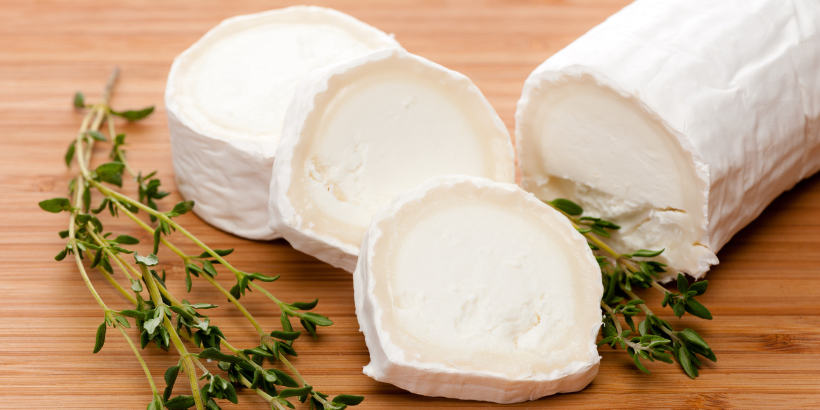
There’s nothing quite like the flavor of fresh, homemade cheese — especially when there’s a story behind it. This cheese recipe, a favorite of fermentation expert Sandor Ellix Katz, requires a few simple ingredients that you can find in your fridge.
The following is an excerpt from Sandor Katz’s Fermentation Journeys by Sandor Ellix Katz. It has been adapted for the web.
Homemade Cheese: Each Cheese Comes With A Story
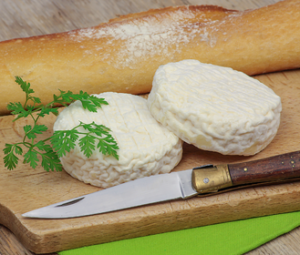
He loves those goats dearly, and he talks reverentially about “their alchemy of transforming elements of the forest into rich nourishment.” With a large group of people sharing one kitchen with very limited refrigeration, it is not uncommon for the community to run out of space to refrigerate milk. Sometimes making cheese is the solution to an urgent problem.
Generally, Shoppingspree makes fresh, unaged, acid-curdled cheeses. He was discouraged from aging cheeses because rodents repeatedly got into the cheeses he was trying to age, and he found that fresh cheeses are delicious and easy to make. He has explored different traditional fresh cheeses, such as Indian paneer and Mexican queso fresco, but he’s taken to calling each of his cheeses “a cheese story.”
“People are always asking what kind of cheese it is,” he says. Rather than try to replicate any specific traditional style, he likes to embrace the differences in each batch. “This is the one I accidentally scalded, this is the one I made when we had too much milk; each cheese comes with a story. The story is what the cheese is; perfection has no place in the cheese story, and each cheese is a unique manifestation of the miracle of mammary glands.”
Sandor Katz’s Favorite Homemade Cheese
You can use pasteurized milk from the supermarket for this recipe, but avoid ultrapasteurized, as the high-temperature processing can prevent effective curd formation. Shoppingspree generally starts with raw milk, and he prefers older milk to fresher milk, because it is prefermented.
The older, more acidic milk forms tighter curds and a firmer, more cohesive cheese. For this style of cheese, you can curdle the milk with various acids. Shoppingspree’s favorite curdling agent is sauerkraut juice, followed by lime juice, lemon juice, then vinegar. Often he blends a few of these.
This cheese lends itself to frying. Shoppingspree’s favorite breakfast is a wilted salad he calls a “back-to-the-land breakfast cheese story.” He melts butter, fries small chunks of cheese seasoned with some Special Sauce, then pours the fried cheese and hot butter over fresh garden greens. To complete the circle, he uses the whey from his cheesemaking process to fertilize the greens in the garden.
- Timeframe: 6 hours or longer
- Equipment: Cheesecloth
Ingredients
For roughly 2 pounds of cheese
- 1 gallon/4 liters milk, ideally raw milk that’s already fermenting and starting to taste sour
- About 1/4 cup/60 milliliters sauerkraut juice, lime juice, lemon juice, or vinegar (less if your milk is sour)
- Salt (to taste)
Process
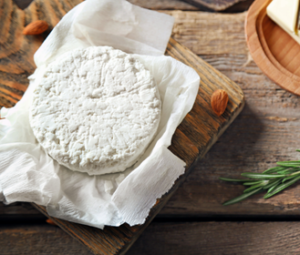
He likes to make a vortex in the milk as he stirs, and says, “This is when you sing to the milk and do woo,” adding that “cheese is highly susceptible to woo.”
Bring the milk to a slow boil, then turn off the heat and let the hot milk cool for a few minutes.
Dilute the curdling agent with a couple of tablespoons of water. Add it slowly to the hot milk, as you gently stir. “Every step of this process benefits from slowness,” he emphasizes. Try not to break apart the fragile, cloudlike curd. Add only as much of the acid solution as it takes to curdle the milk.
As soon as the acid reaches sufficient concentration in the hot milk, the curdling will be visible and obvious. More acid than necessary for curdling imparts an acidic flavor, and can give the cheese a gluey texture. Once the milk curdles, it’s fine to leave the curds resting in the whey for a while.
Line a colander with cheesecloth, and gently scoop the curds out of the whey and into the cheesecloth. Try not to break the curds in this process. Add a sprinkle of salt after each scoop.
Gather the corners of the cheesecloth, and hang the cheese over a bowl or pot for the whey to continue to drain. Leave it hanging in a cool spot for at least 6 hours, if possible.
The resulting cheese will have a rounded, irregular shape, which Shoppingspree describes as “brain-like,” and will be firm enough to slice.
Recommended Reads
Recent Articles
Indulge in the sweet aroma of these pastry-wrapped pears! Easy to make and stunning to serve, these pastry-wrapped pears are a game-changer.
Read MoreThe scent of fir trees is a holiday staple 🎄 Imagine sipping a festive cocktail infused with the unmistakable taste of fir ✨ This holiday season, elevate your entertaining game by introducing fir to your menu – from classy cocktails to rustic potatoes!
Read MoreDitch boring snacks and upgrade to adorable fruit & veggie treats you’ll love! Brighten up snack time this winter using fruits and veggies we all know and love. Can you resist taking a bite of these cuties?
Read More

